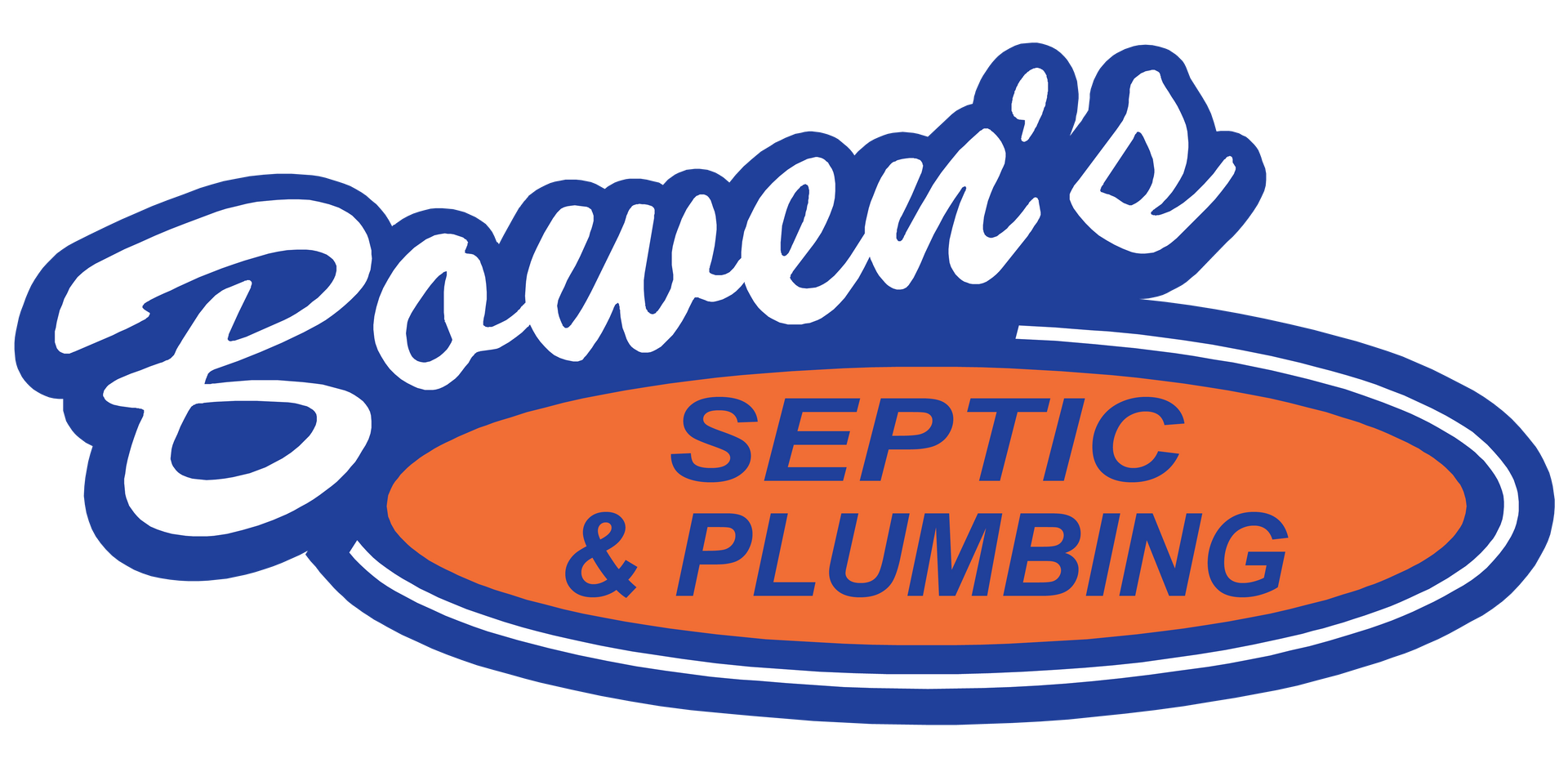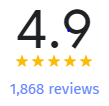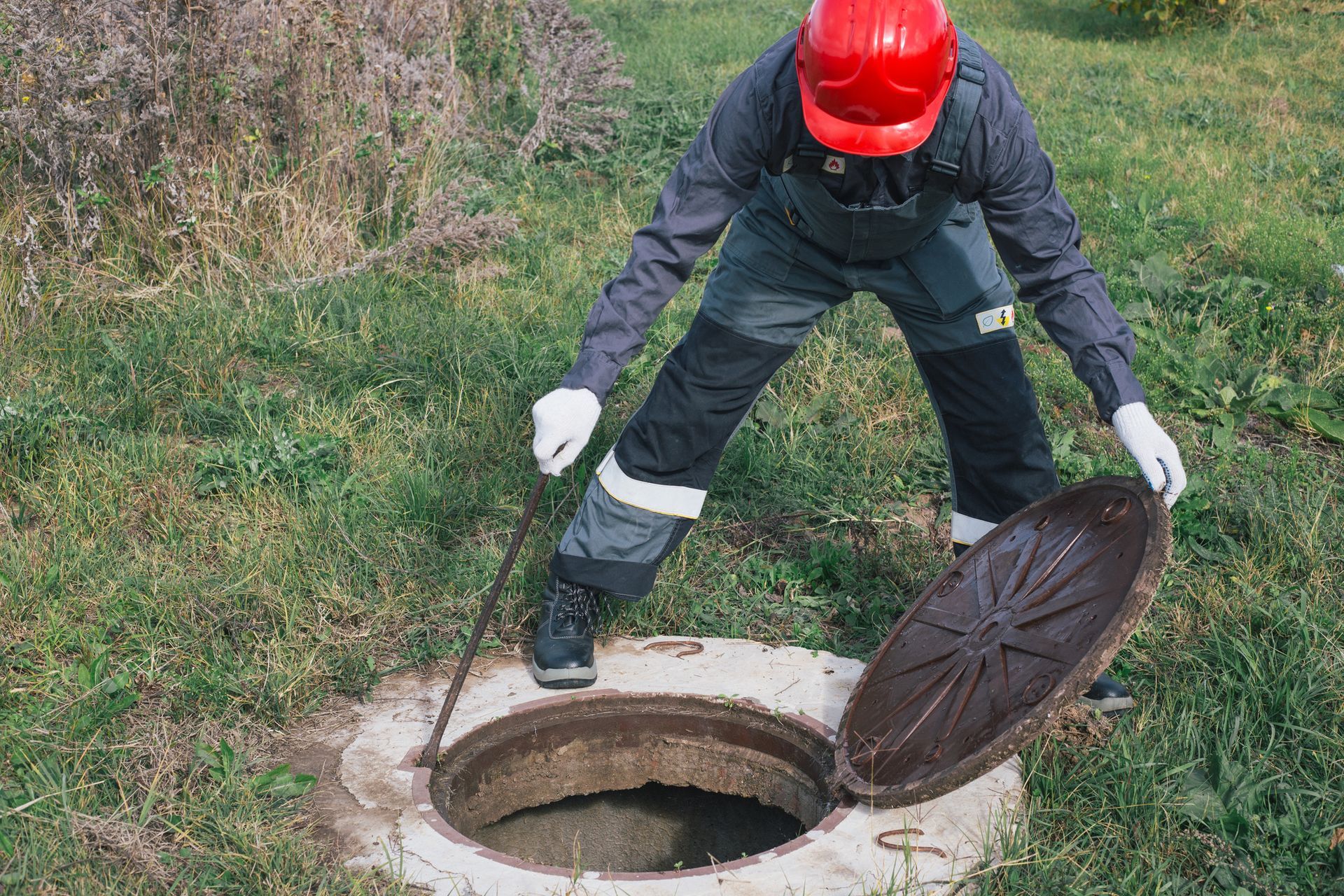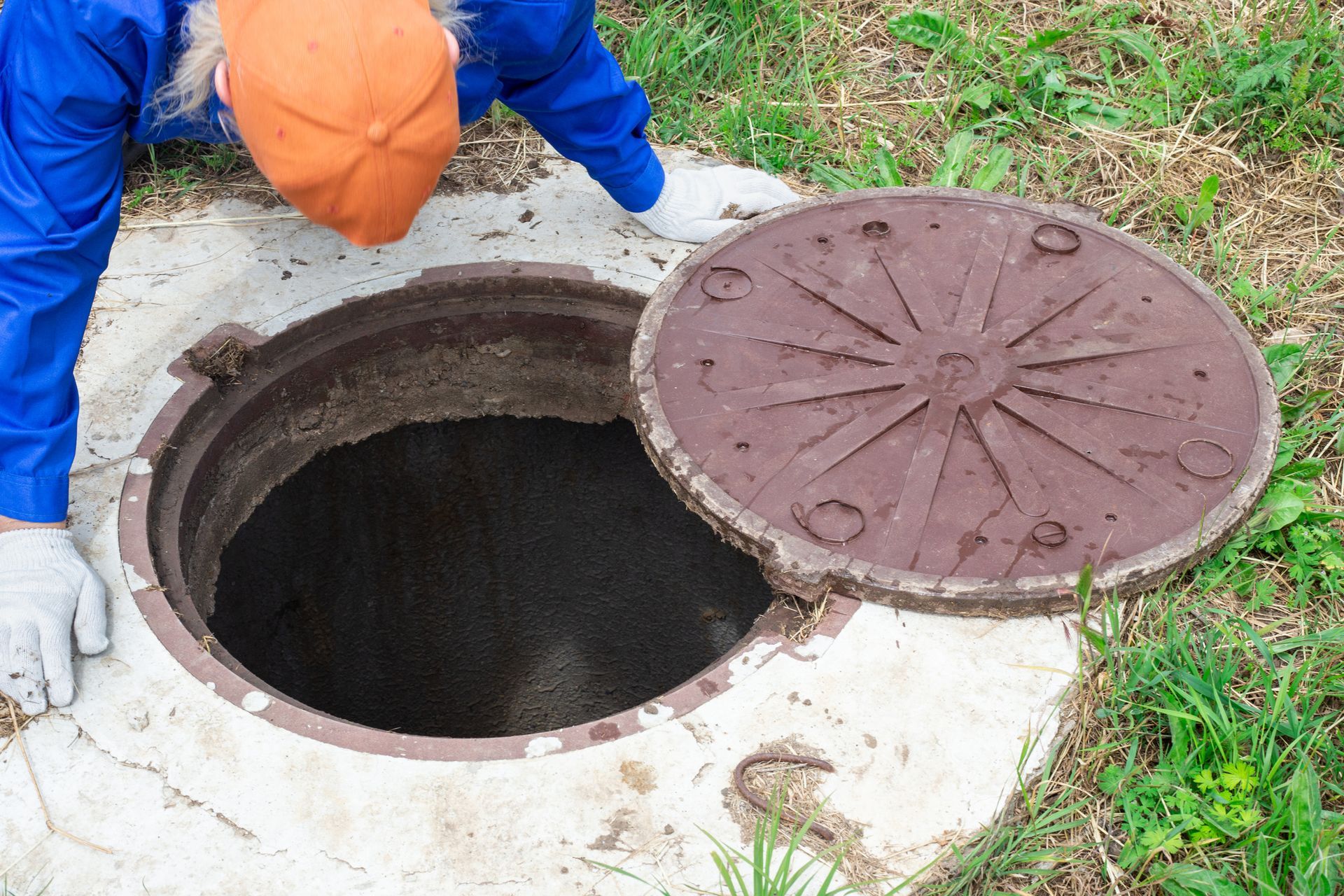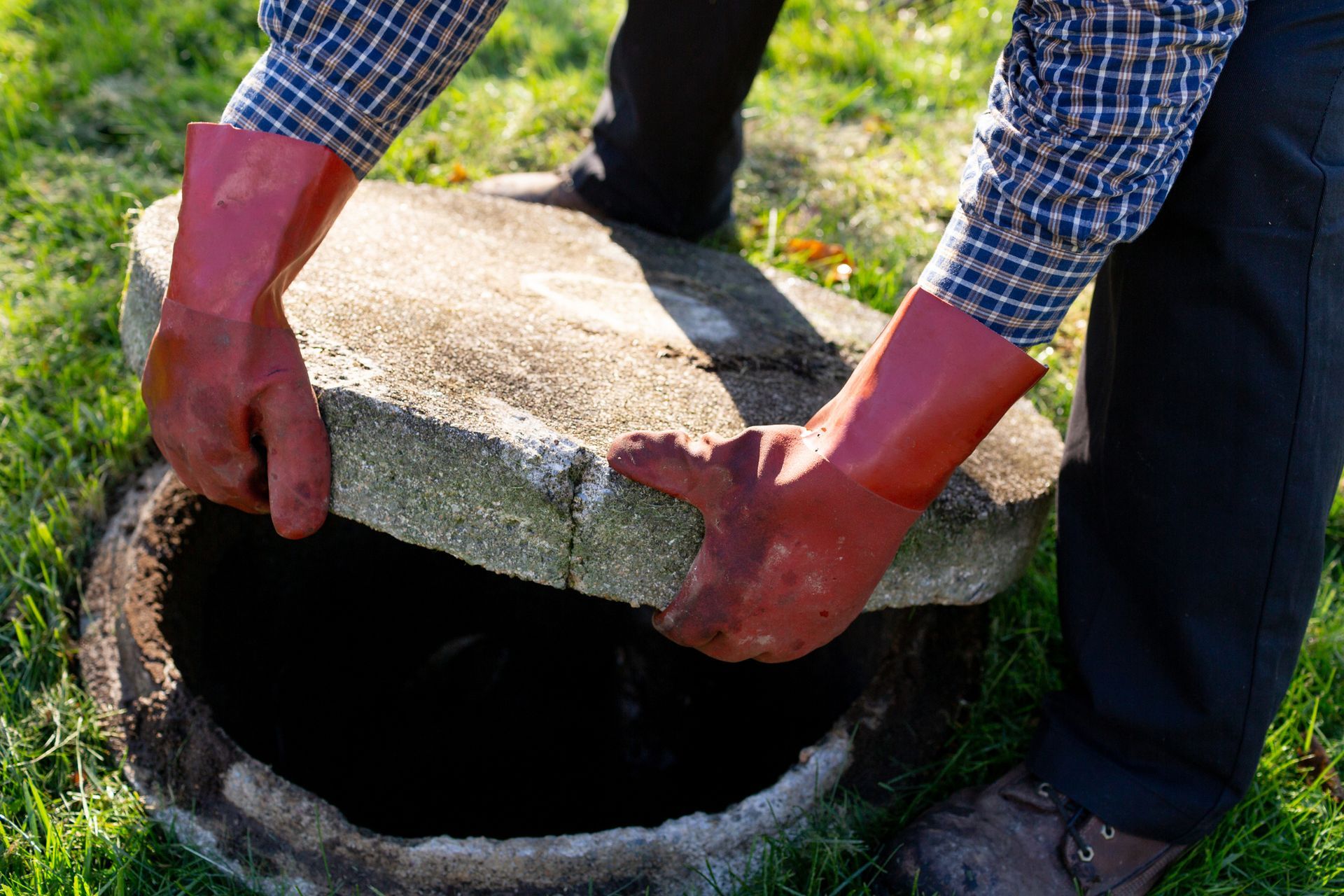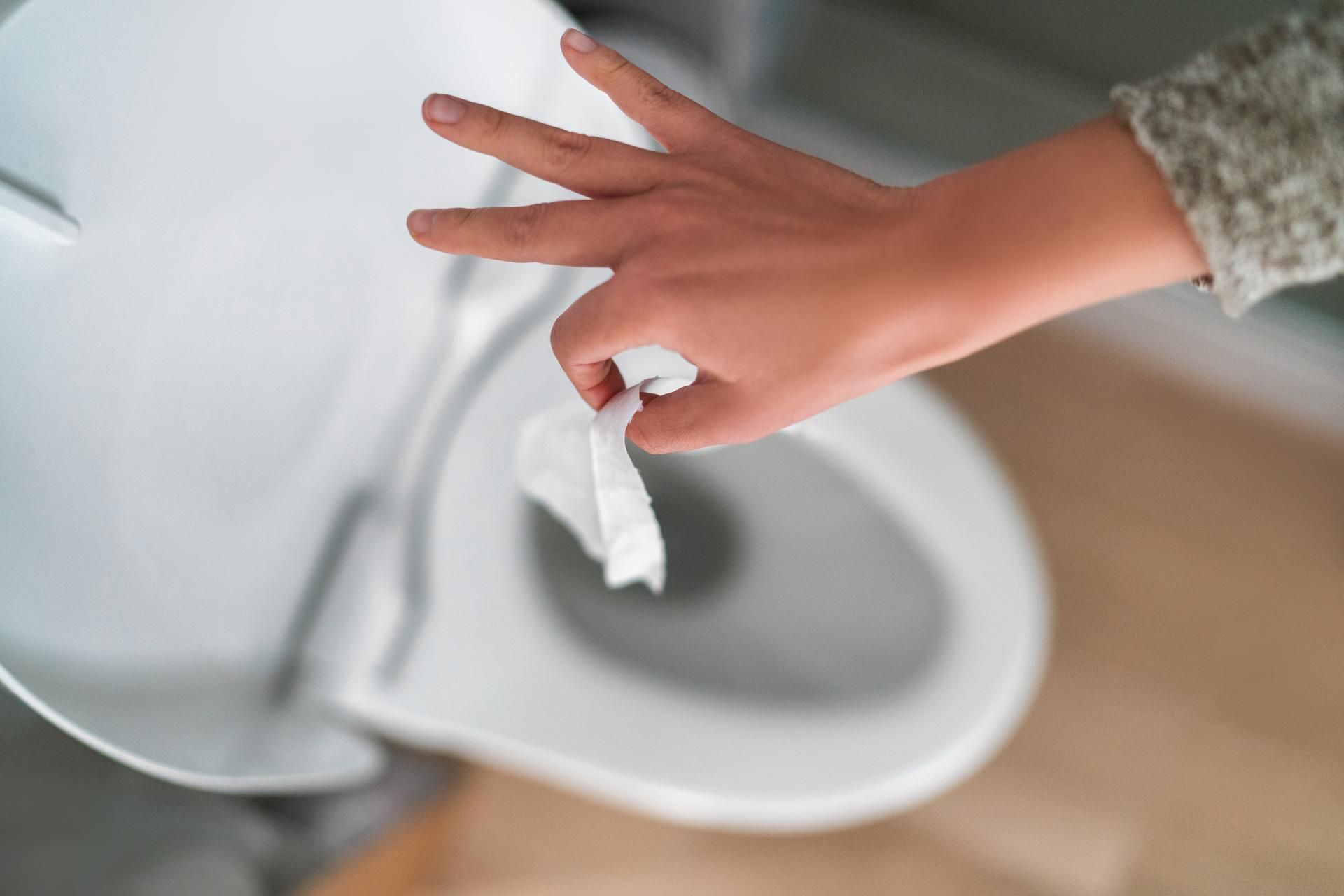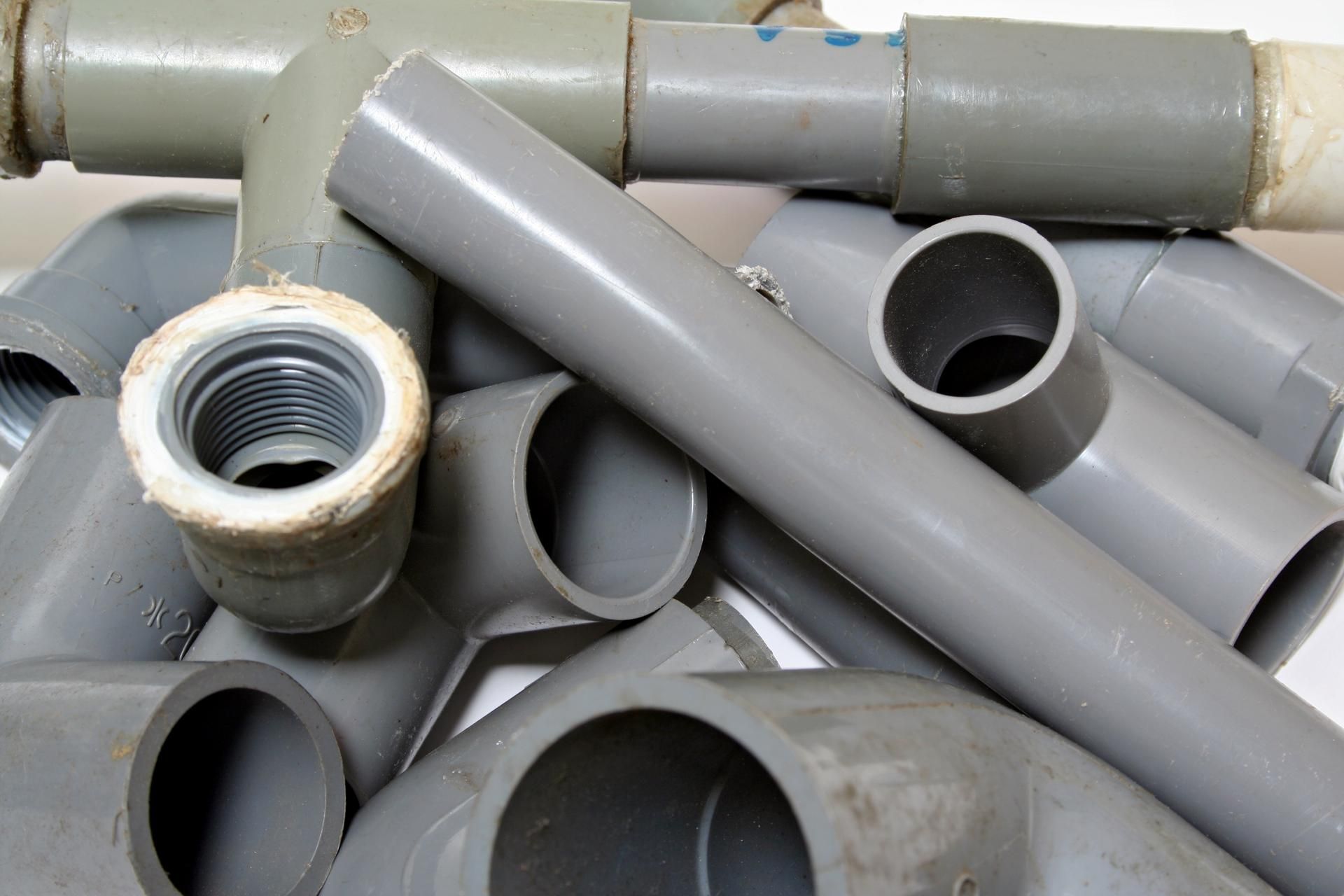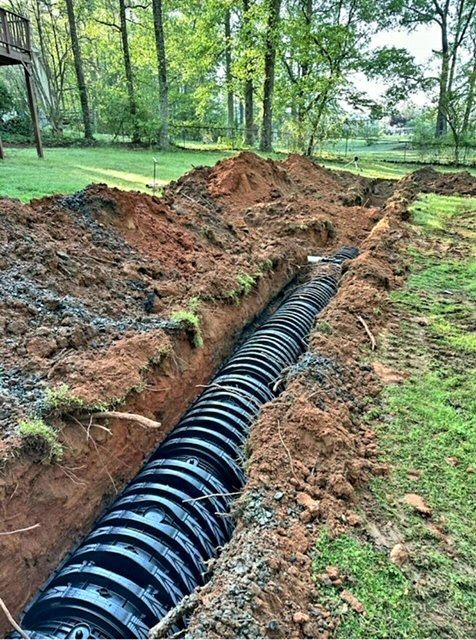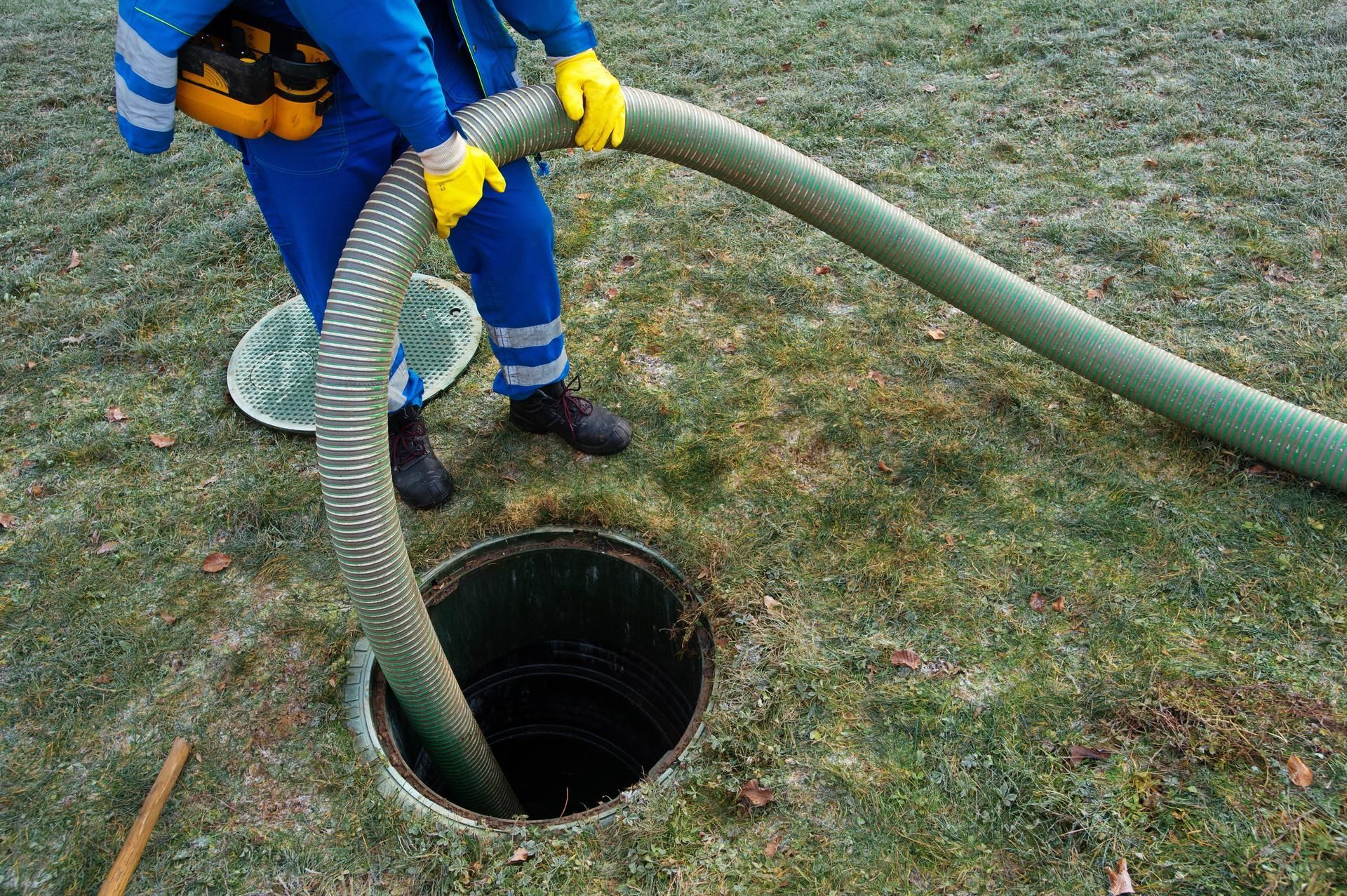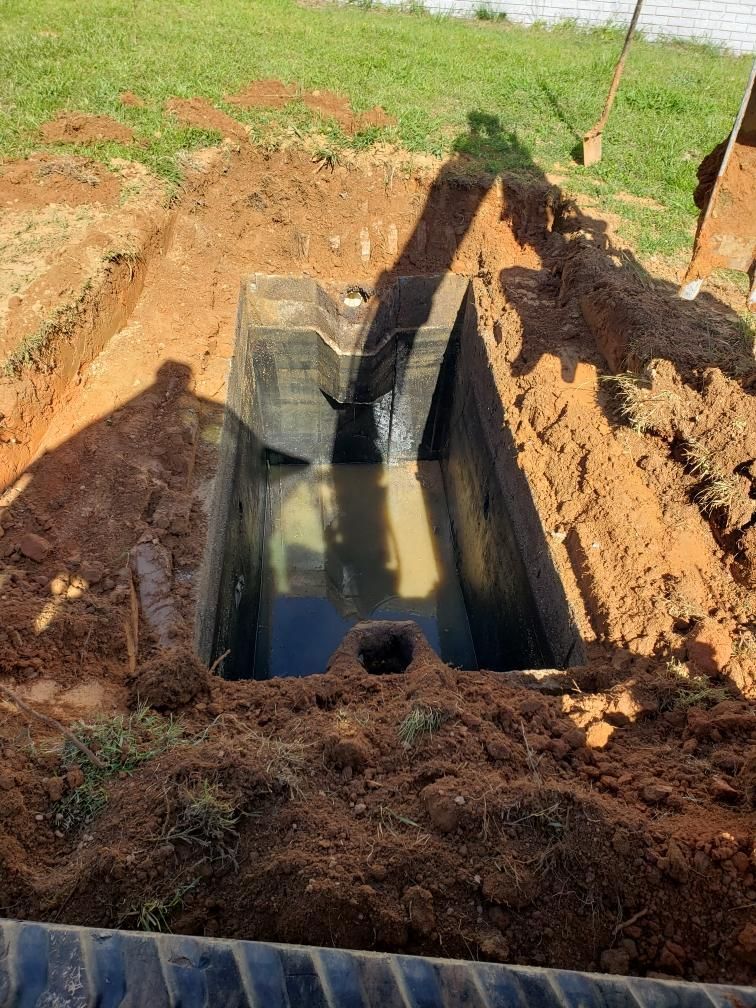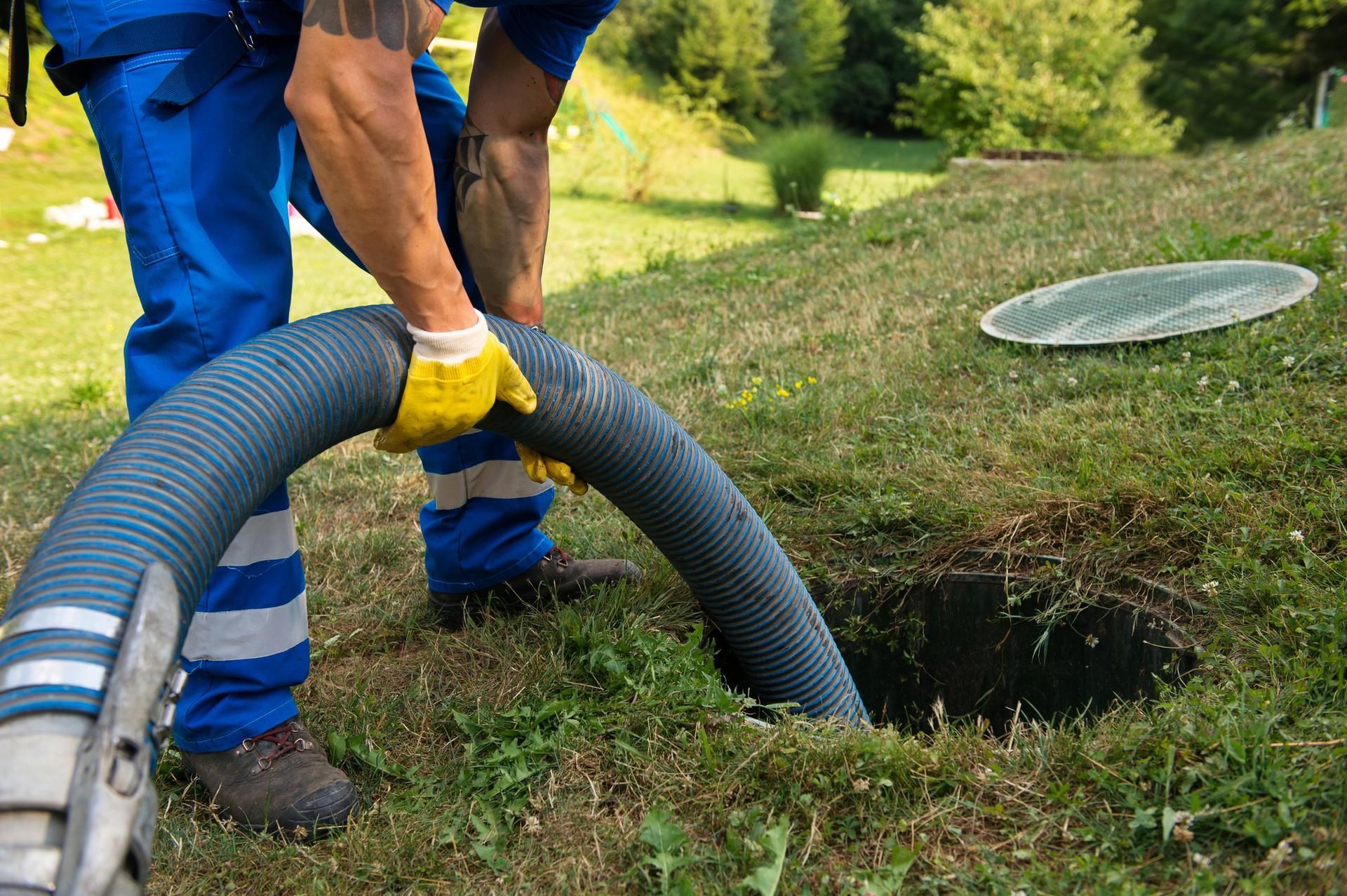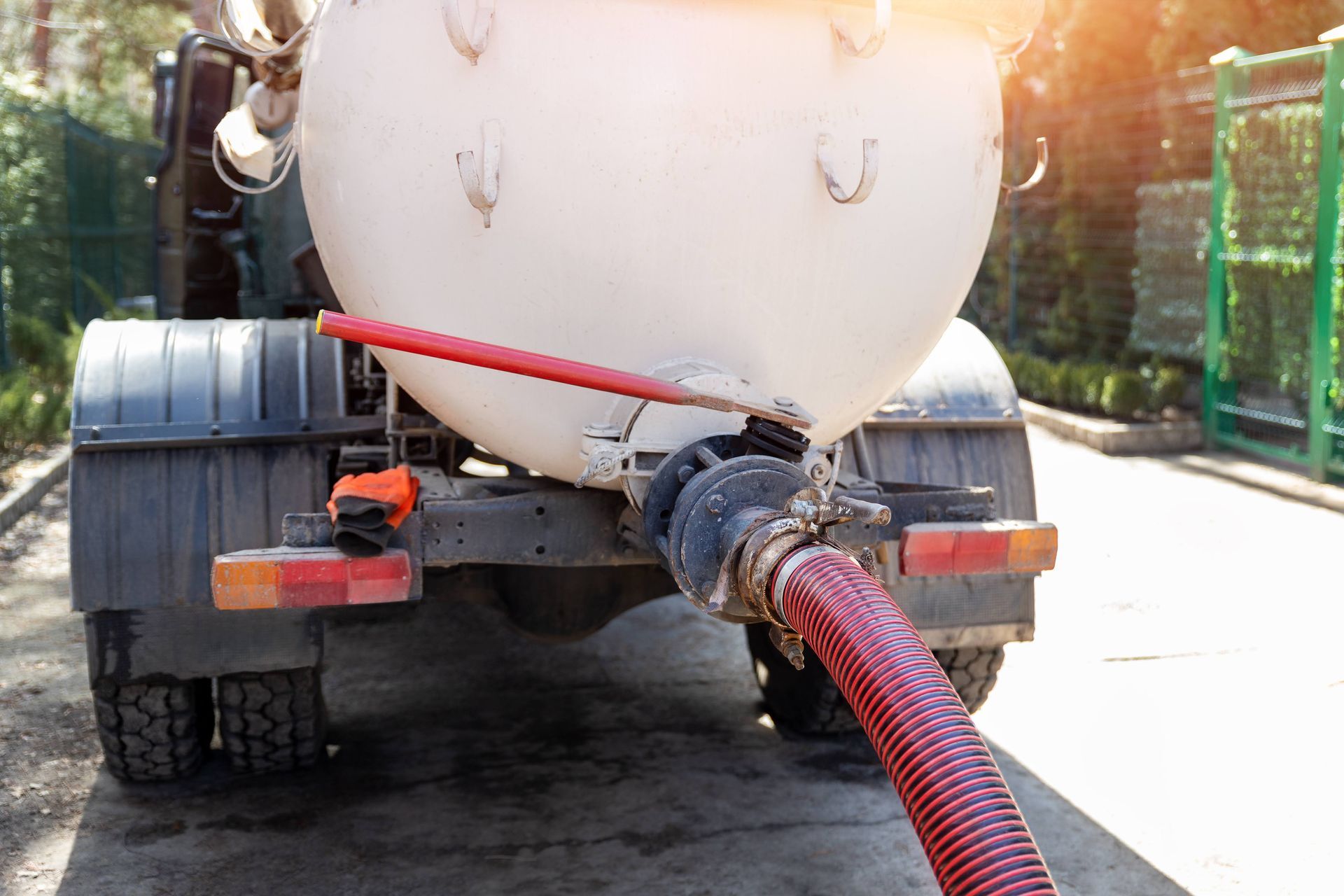Learning to Love Your Septic System: A Guide for First-Time Owners

There's no shortage of excitement when it comes to moving into a new home. That new house feeling never gets old, whether you've just bought your first home or you're an experienced homeowner. Of course, every home purchase also comes with a little bit of trepidation. Any house will have issues you need to address, along with its own unique set of maintenance challenges.
If you're moving into a home with a septic system for the first time, those feelings of worry might be a little more intense than usual. Fortunately, there's nothing to fear from septic systems. These waste disposal systems are safe, reliable, and often trouble-free when well-maintained. This guide will help you and your septic system enjoy a healthy and long-term relationship.
Septic systems are a relatively straightforward method of eliminating household waste. The typical residential system includes two key components: the leaching field and the tank. Over time, effluent (liquid waste) travels from the tank to the leaching field. The surrounding soil then acts as a filtration medium before allowing the water to drain into the environment.
You need to understand that the liquid level in your tank generally doesn't change much. The water level may be low after pumping your tank, but it will quickly fill back up to its standard level. Instead, your primary concern is the level of solid waste in your tank. Microorganisms in the tank keep solid waste under control, but that waste will eventually build to a level that can cause clogs.
You're probably used to dealing with clogs in your plumbing, so why is a septic system clog so dangerous? The key is to understand how your leaching field works. Most leaching fields consist of a distribution box that connects to several perforated pipes. The distribution box evenly spreads water between these pipes, and the perforations allow the effluent to enter the surrounding field slowly.
These pipes are generally inaccessible and challenging to replace. A high level of solid waste in your tank can cause waste to travel into the leaching field, where it can clog the distribution box or any of the pipes. In a best-case scenario, you'll need to use expensive water jetting methods to clean these lines. In a worst-case scenario, the excess waste can throw off the field's microbial balance.
Like your tank, your leaching field contains microorganisms that help break down and control the waste that exits through the field's pipes. These aerobic microorganisms need oxygen to survive, and solid waste entering the drain lines can overwhelm them and create anaerobic (oxygen-starved) conditions. Ultimately, this condition may lead to a costly leaching field replacement.
The good news is that clogged septic systems are relatively easy to avoid. Routine tank pumping removes solid waste from your septic tank, preventing it from reaching a level where it can drain into the leaching field. In many cases, you won't need to perform any additional maintenance on your system as long as you pump your tank frequently enough.
You can also use septic system treatments as an added step to avoid potential problems. These treatments work to add beneficial bacteria back into your system, helping to maintain the correct balance of microorganisms in your tank and leaching field. You'll typically need to add these treatments to your septic system once per month to obtain maximum effectiveness.
While the costs of neglecting your new septic system can be high, you can easily avoid these expensive repairs with straightforward and relatively cheap maintenance steps. Remember that your septic system is a critical maintenance item and one that requires proactive attention to provide you with a long and trouble-free service life.
Bowen's Septic Tank can help you with any aspect of your new home's septic system that requires attention. Contact us today to discuss routine pumping, bacterial treatments, and other options to keep your system running smoothly and reliably.
Learning About Your New System
Septic systems are a relatively straightforward method of eliminating household waste. The typical residential system includes two key components: the leaching field and the tank. Over time, effluent (liquid waste) travels from the tank to the leaching field. The surrounding soil then acts as a filtration medium before allowing the water to drain into the environment.
You need to understand that the liquid level in your tank generally doesn't change much. The water level may be low after pumping your tank, but it will quickly fill back up to its standard level. Instead, your primary concern is the level of solid waste in your tank. Microorganisms in the tank keep solid waste under control, but that waste will eventually build to a level that can cause clogs.
Understanding the Dangers of Septic Clogs
You're probably used to dealing with clogs in your plumbing, so why is a septic system clog so dangerous? The key is to understand how your leaching field works. Most leaching fields consist of a distribution box that connects to several perforated pipes. The distribution box evenly spreads water between these pipes, and the perforations allow the effluent to enter the surrounding field slowly.
These pipes are generally inaccessible and challenging to replace. A high level of solid waste in your tank can cause waste to travel into the leaching field, where it can clog the distribution box or any of the pipes. In a best-case scenario, you'll need to use expensive water jetting methods to clean these lines. In a worst-case scenario, the excess waste can throw off the field's microbial balance.
Like your tank, your leaching field contains microorganisms that help break down and control the waste that exits through the field's pipes. These aerobic microorganisms need oxygen to survive, and solid waste entering the drain lines can overwhelm them and create anaerobic (oxygen-starved) conditions. Ultimately, this condition may lead to a costly leaching field replacement.
Avoiding Costly Septic System Repairs
The good news is that clogged septic systems are relatively easy to avoid. Routine tank pumping removes solid waste from your septic tank, preventing it from reaching a level where it can drain into the leaching field. In many cases, you won't need to perform any additional maintenance on your system as long as you pump your tank frequently enough.
You can also use septic system treatments as an added step to avoid potential problems. These treatments work to add beneficial bacteria back into your system, helping to maintain the correct balance of microorganisms in your tank and leaching field. You'll typically need to add these treatments to your septic system once per month to obtain maximum effectiveness.
While the costs of neglecting your new septic system can be high, you can easily avoid these expensive repairs with straightforward and relatively cheap maintenance steps. Remember that your septic system is a critical maintenance item and one that requires proactive attention to provide you with a long and trouble-free service life.
Bowen's Septic Tank can help you with any aspect of your new home's septic system that requires attention. Contact us today to discuss routine pumping, bacterial treatments, and other options to keep your system running smoothly and reliably.
